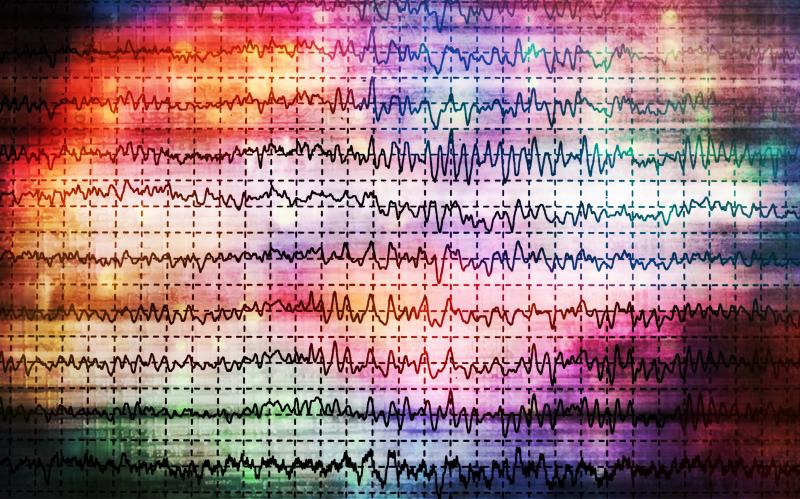
Exposure to increased levels of fine particulate matter (PM2.5) and ground-level ozone (O3) has been linked to an increased risk of new-onset epilepsy in a recent study.
For the study, researchers used a nested case–control design and obtained data from linked health and environmental databases in Canada. They looked at adult Ontario residents without prior diagnoses of seizures or epilepsy.
A total of 24,761 cases and 118,692 controls were included in the analysis. The median pollutant concentrations were 7.9 μg/m3 for PM2.5, 9.6 ppb for nitrogen dioxide (NO2), and 42.7 ppb for O3. Individual- and multi-pollutant conditional logistic regression models were applied to explore the associations between each pollutant and new-onset epilepsy.
In the individual pollutant models, significant associations with new-onset epilepsy were observed for increased concentrations of PM2.5 (incident rate ratio [IRR], 1.055, 95 percent confidence interval [CI], 1.034–1.076), NO2 (IRR, 0.938, 95 percent CI, 0.903–0.974), and O3 (IRR, 1.096, 95 percent CI, 1.074–1.119).
In the multi-pollutant model, only the associations for NO2 (IRR, 0.928, 95 percent CI, 0.891–0.965) and O3 (IRR, 1.090, 95 percent CI, 1.060–1.121) remained. Although the association for NO2 was negative overall, the association was positive among individuals at least 65 years of age.
The researchers underscored the need for additional research to establish the associations between specific air pollutants and new-onset epilepsy.